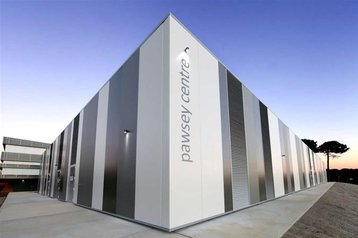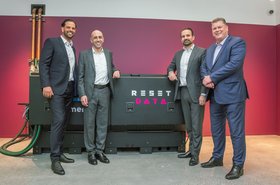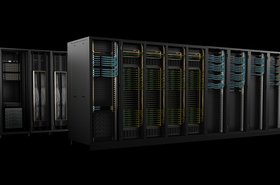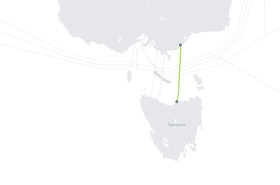Quantum Brilliance and the Pawsey Supercomputing Research Centre have developed a hybrid workflow that presents a practical path toward incorporating quantum computing into real-world applications, it is claimed.
The workflow is powered by Nvidia GH200s and combines Quantum Brilliance’s virtual Quantum Processing Unit (vQPU) with traditional and accelerated computing resources.
Quantum Brilliance says that unlike physical quantum devices, its vQPUs offer “scalable, high-performance solution that can be easily deployed in clusters within high-performance computing (HPC) environments.”
Hosted at Pawsey in Perth, Western Australia, those involved with the project said the workflow is designed to be hardware-agnostic and “functions like a universal translator for computing resources, enabling different types of processors to work together to solve complex problems.”
The workflow can communicate with both virtual and physical quantum computers, and can integrate with HPC clusters via dedicated tools. The teams said key applications for the technology include radio astronomy data processing, AI workflows, and bioinformatics.
“What we've developed is essentially a conductor for a technological orchestra, where quantum and classical computers can work in harmony to solve complex problems,” said Dr. Pascal Elahi, quantum team lead at Pawsey. “Previous approaches focused on quantum algorithms in isolation, but real-world problems require seamless integration of multiple computing technologies."
Andrea Tabacchini, VP of quantum solutions at Quantum Brilliance, added: “By successfully integrating our virtual QPU into Pawsey's workflow, we're demonstrating that quantum computing is not just theoretical – it is set to become a practical tool for solving real-world problems. This dynamic virtual-physical hybrid capability positions Australia at the forefront of quantum and supercomputing convergence, strengthening national infrastructure and quantum technology leadership.”
This is not the first time the three organizations have worked together on quantum computing projects.
In May 2022, Pawsey installed a room-temperature diamond-based quantum computer developed by Quantum Brilliance and, in February 2024, Pawsey announced plans to deploy Nvidia’s CUDA Quantum computing platform at its National Supercomputing and Quantum Computing Innovation Hub.
Founded in Australia in 2019, Quantum Brilliance has been developing room-temperature diamond-based quantum computers. In January 2025, the company announced that it raised $20 million in its Series A funding round, which would allow it to create a quantum diamond foundry, co-develop prototypes in emerging quantum sensing opportunities, advance its IP alongside its semiconductor partners, and fulfil commitments with customers.







